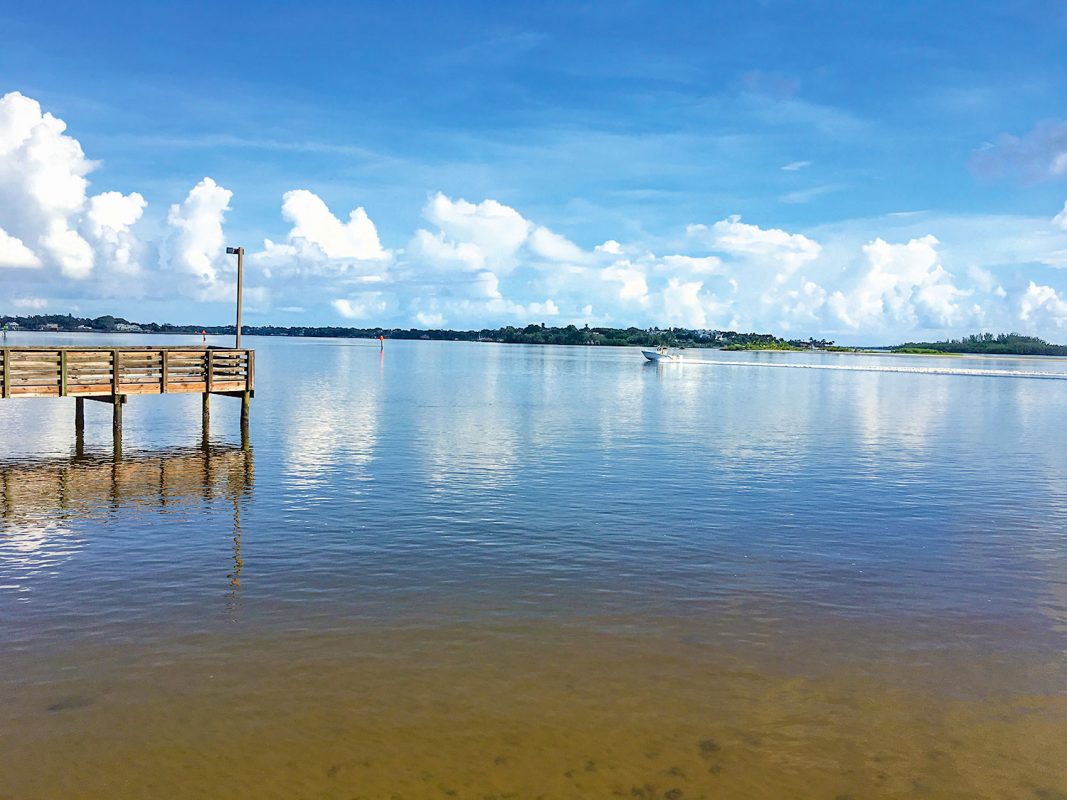Recently, I returned from a weekend trip offshore to Stuart’s Sandsprit Park, ecstatic about having a 40-pound cobia in the box. The park was packed. Every parking space was taken. Meanwhile, smiling families were picnicking at every pavilion. It fully dawned on me that Sandsprit Park is a priceless local amenity and a national example of wise policies encouraging public recreation and access.
I’ve wondered how Martin County afforded to purchase such a choice waterfront property, where the St. Lucie River, Indian River Lagoon, and the Atlantic converge. Well, a more than 50-year-old federal program called the Land and Water Conservation Fund (LWCF) helped make the project possible, including the boat ramps. LWCF also helped pay for Jaycee Park in Fort Pierce, and Round Island Riverfront Park in Vero Beach, as well as Everglades National Park, Thanks to more than $1 billion invested in Florida, outdoorsmen and women enjoy the benefits of LWCF-funded public lands statewide.
LWCF funds are NOT your tax dollars at work. Given the intense development pressure and diminishing open spaces across America, the Land and Water Conservation Fund Act of 1965 made a commitment that a small portion of royalties from offshore drilling paid by oil companies would go to conservation and outdoor recreation programs. LWCF in no way incentivizes new drilling, either. The funds simply help state and local agencies keep us on the water, in the woods, and prosperous.
In Florida’s case, the Department of Environmental Protection (DEP) administers the program on behalf of the U.S. Department of the Interior. Eligible grant applicants include all governmental entities in charge of public outdoor recreation. LWCF puts a dollar toward every local dollar spent, including donations of land and in-kind donations.
Sadly, Congress allowed LWCF to expire Sept. 30, 2018. The House and Senate are currently working on legislation to bring back the fund. If these bills fail, the funds will go into the black hole known as the U.S. Treasury. Florida would suffer profoundly.
We’ve become our nation’s third most populous state, and are growing rapidly. Without LWCF funding, we simply won’t be able to acquire as much land for parks and conservation. That means more pressure on existing public resources as the population grows. It also spells less productive fishing and hunting opportunities as we lose fish and wildlife habitat to development. Most alarmingly, it will cost our outdoor recreation industries jobs and revenues. The Florida Fish & Wildlife Conservation Commission (FWC) estimates that fishing generates almost $9 billion annually, hunting $1.6 billion, wildlife viewing $4.9 billion, and recreational boating $10.4 billion.
Please educate our congressional representative with this list of LWCF-funded recreational areas. Please ask Senators Rubio and Nelson, plus your member of Congress to push for LWCF legislation.
Land and Water Conservation Fund Works Around The State
Southeast
• Broward County’s Markham Park includes access to superb freshwater fishing in the Everglades, plus world-class shooting/archery facilities.
Central Gulf
• Land and Water Conservation Fund put more than $900,000 toward Pinellas’ County’s Caladesi Island State Park, one of the region’s few remaining natural islands that includes a marina.
SW Gulf
• LWCF provided $30 million toward improving fish and wildlife populations in Everglades National Park and the Big Cypress Preserve.
Big Bend
• LWCF paid for more than a thousand acres of the St. Marks National Wildlife Refuge. The acquisitions protect the watershed that flows into the last extensive healthy seagrass meadows in the state.
Panhandle
• LWCF put more than $1.7 million toward the purchase of the nine miles of barrier island that became St. George Island State Park.
Northeast Florida
• Located at Ponce Inlet, the 52-acre Lighthouse Point Park offers great access for anglers and surfers in rare undisturbed beach, dune, and coastal hammock habitats.
Central Florida
• Melbourne’s Ballard Park offers boating access to the Eau Gallie River and Indian River Lagoon, along with many other park amenities.
by Terry Gibson
